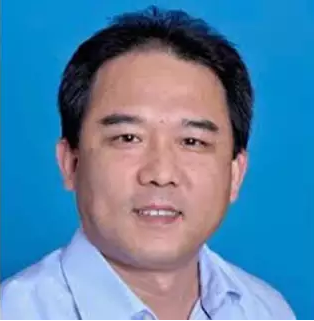
Qingda Yang*
Dept of Mechanical and Aerospace Engineering, University of Miami, Coral Gables, FL 33124, USA
Tel: 305-284-3221; Email: qdyang@miami.edu
时间:2019.5.8 (周三)14:00-16:30
地点:安中大楼A216
Progressive damage evolution manifested by the development of multiple cracks is widely observed in many engineering materials, especially those so-called quasi-brittle materials such as concretes and cements. Largely due to this, such materials, when used for structural applications, have to be reinforced with rebars made of stronger and tougher materials such as steel. More recently, carbon or glass fiber fabrics have been introduced as concrete/cement reinforcement. The rationale is that the fabrics are stronger (with tensile strength up to 5 GPa) than traditional steel rebars and they provide larger areas that bond better to the cementitious materials. However, the interaction between cement cracking and interface debonding/sliding has yet to be fully understood before this technique can be fully deployed for large scale applications.
In this study, we shall use a recently developed augmented finite element method (A-FEM) to account for the arbitrary cracking in cementitious materials. In the meanwhile, the cement/fabric interfaces are modelled with an improved cohesive zone model that can account for interface debonding and the post-debonding friction simultaneously. The nonlinear coupling and interaction between cement cracking and interface debonding/sliding is thus automatically considered. It will be show that, using a simple direction tensile test specimen with an imbedded single layer fabric for model calibration, the coupled A-FEM and interface CZM can correctly account for the progressive failure of direct specimens with multiple imbedded fabric layers. This means that the deduced A-FEM and interface CZM parameters are of intrinsic value and may be used for prediction of other test configurations. To test this hypothesis, the same parameters are used to predict the failure process of a single shear test. The predicted results are indeed in good agreement with the experimental results. It is thus demonstrated that it is possible to use the coupled A-FEM and CZM to evaluate and quantify the safety of fiber reinforced cementitious materials.
Bio: Dr. Qingda Yang is a full professor in the Department of Mechanical and Aerospace Engineering at the University of Miami (Coral Gables, FL). He obtained his B.S. (Engineering Mechanics, 1991) and M. S. (solid mechanics, 1994) from Zhejiang University and a PhD (Mechanical Engineering, 2000) from University of Michigan at Ann Arbor. Prior to joining the University of Miami, Dr. Yang worked for Rockwell Scientific Company (formerly known as Rockwell Science Center) as a solid mechanics scientist from 2000 to 2006.
Dr. Yang joined the faculty of the Department of Mechanical and Aerospace Engineering at the University of Miami in 2006. Dr. Yang’s recent research has focused mainly on developing multi-scale methodologies that can lead to realistic virtual testing and designing of complex heterogeneous materials and structures under general and/or extreme thermal-mechanical loading environments. His research has attracted funding from many federal agencies (NSF, NASA, AFOSR, ARO, NAVY, and DARPA) and industrial companies (Teledyne, Boeing, etc).Dr. Yang is an author/coauthor of 90 peer-reviewed journal publications, 4 book chapters, and more than 30 refereed conference proceedings. He was a past Chair of the Composite and Heterogeneous Materials Committee in ASME (2010-2012), and is currently serving as an executive board member for the Florida Space Grant Consortium (FSGC) and an editorial board member for three professional journals. Dr. Yang is an award recipient of several professional and academic societies, including the Eliahu I. Jury Award for excellence in research from the College of Engineering of the University of Miami (2007), University of Miami Prevost’s General Research Award (2008), Rockwell Scientific’s Technical Excellence Awards (2001; 2004; and 2005).

